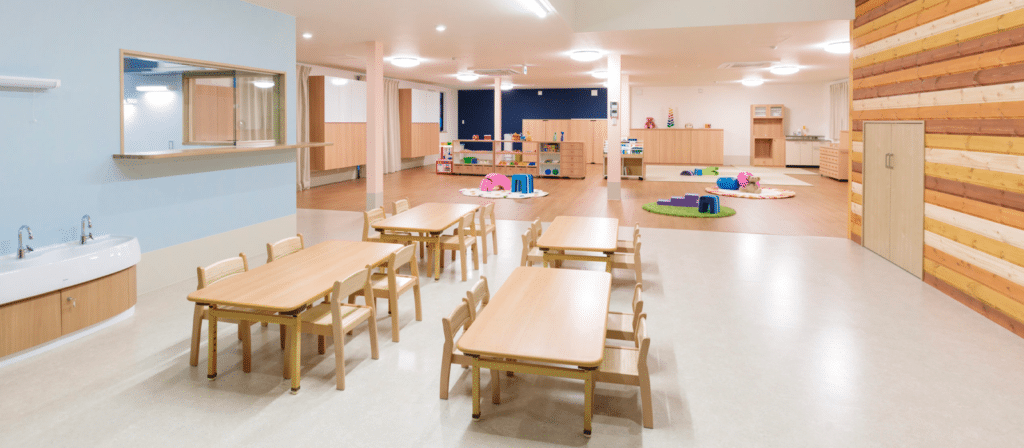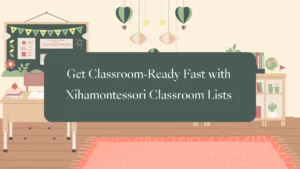Are you curious about what makes an early childhood classroom truly exceptional? Wondering which components are crucial for creating an optimal learning environment? Join us as we delve into the essential elements that make up an early childhood classroom, setting the stage for a successful and enriching educational experience.
Discover the key components that form the foundation of an early childhood classroom. From purposeful learning centers and engaging materials to a nurturing atmosphere and skilled educators, explore how these elements work together to create a supportive, stimulating, and developmentally appropriate learning environment for young learners.
What Makes an Early Childhood Classroom Effective?
An early childhood classroom should be a safe, welcoming, and engaging space that promotes exploration, social interaction, and hands-on learning. It should be designed to meet the unique needs of young children and provide them with opportunities to develop their cognitive, physical, social, and emotional skills.
The Physical Environment
The physical environment of an early childhood classroom plays a vital role in supporting children’s learning and development. It should be organized, well-planned, and visually appealing. Here are some key components of the physical environment:
- Learning Centers:
Learning centers are designated areas within the classroom that focus on specific skills or subjects, such as art, science, reading, and dramatic play. These centers provide children with hands-on learning experiences and opportunities to explore their interests. - Materials and Resources:
A variety of age-appropriate materials and resources should be readily available in the classroom. This includes books, puzzles, manipulatives, art supplies, and educational toys. These materials should be accessible to children and encourage independent exploration. - Classroom Layout:
The layout of the classroom should be carefully planned to provide ample space for movement and interaction. Different areas of the classroom should be clearly defined and organized to facilitate smooth transitions and promote independent exploration. - Safety Measures:
Safety is paramount in an early childhood classroom. Furniture and equipment should be child-sized and sturdy. Safety measures such as outlet covers, fire extinguishers, and first aid kits should be in place. Additionally, the classroom should be free from hazards and regularly inspected for potential risks.

The Learning Environment
An effective early childhood classroom fosters a positive and supportive learning environment. This includes creating a sense of community, promoting positive behavior, and encouraging peer interaction. Here are some important components of the learning environment:
- Classroom Rules and Expectations:
Clear and age-appropriate rules should be established to guide children’s behavior in the classroom. These rules should be reinforced consistently and positively. Children should be involved in the process of creating the rules to foster a sense of ownership and responsibility. - Positive Reinforcement:
Positive reinforcement strategies, such as praise, rewards, and recognition, should be implemented to encourage positive behavior and motivate children. This helps to create a positive classroom climate and fosters a love for learning. - Social-Emotional Support:
An early childhood classroom should provide opportunities for children to develop social and emotional skills. This can be done through activities that promote empathy, conflict resolution, and self-regulation. Creating a warm and nurturing environment where children feel safe to express their emotions is crucial. - Inclusion and Diversity:
An effective early childhood classroom embraces diversity and promotes inclusivity. It should be a place where children feel accepted and respected, regardless of their cultural background, abilities, or differences. Teaching children about diversity and fostering an inclusive mindset helps them develop empathy and respect for others.
The Teacher’s Role
- Responsive Teaching:
Teachers should be responsive to the individual needs and interests of each child. This involves observing and assessing children’s progress, adapting instruction to meet their developmental levels, and providing appropriate challenges. - Effective Communication:
Effective communication between the teacher, children, and parents is crucial for a successful early childhood classroom. Teachers should establish open lines of communication, provide regular updates on children’s progress, and involve parents in their child’s learning journey.

The most important components of an early childhood classroom encompass thoughtfully designed learning centers, engaging materials, a nurturing environment, skilled educators, and collaborative learning experiences. By creating a balanced and holistic approach that addresses the developmental needs of young learners, educators can establish a foundation for lifelong learning, curiosity, and a joyous educational journey. Join us on this exploration of essential components and unlock the potential for transformative early childhood education.












